| Image |
Plant Name |
Species |
Medical Uses |
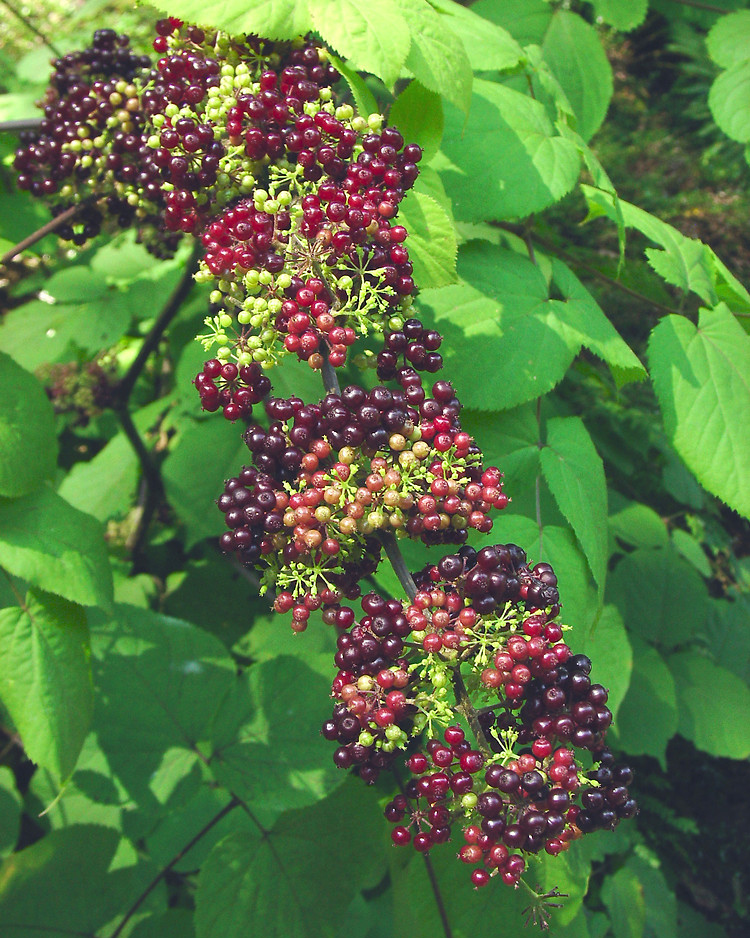 |
American Spikenard |
Aralia Racemosa |
Closely related to wild sarsaparilla because of the aromatic roots. Every part of this plant has been utilized in some way to provide medicinal benefits: treat back pain, earaches, angina, skin diseases, suppress cough and premenstrual syndrome |
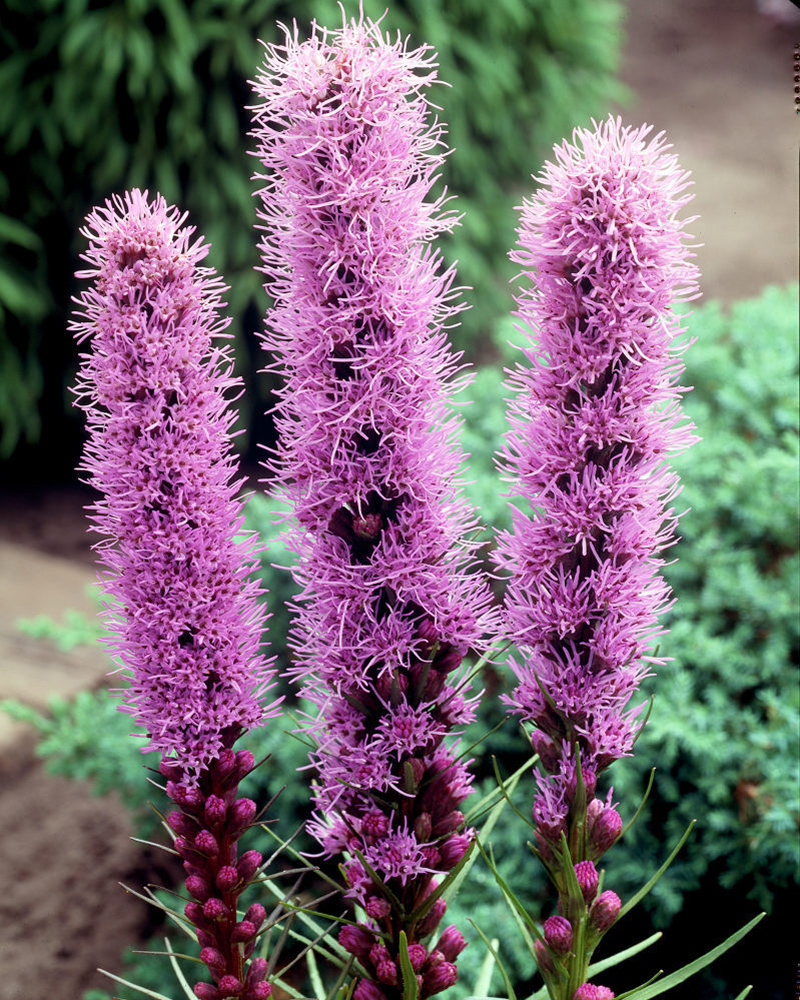 |
Blazing Star |
Liatris Spicata |
American Indians used this plant as a source of food and medicine. Used to reduce swelling, abdominal pain, and antidote for snake bites |
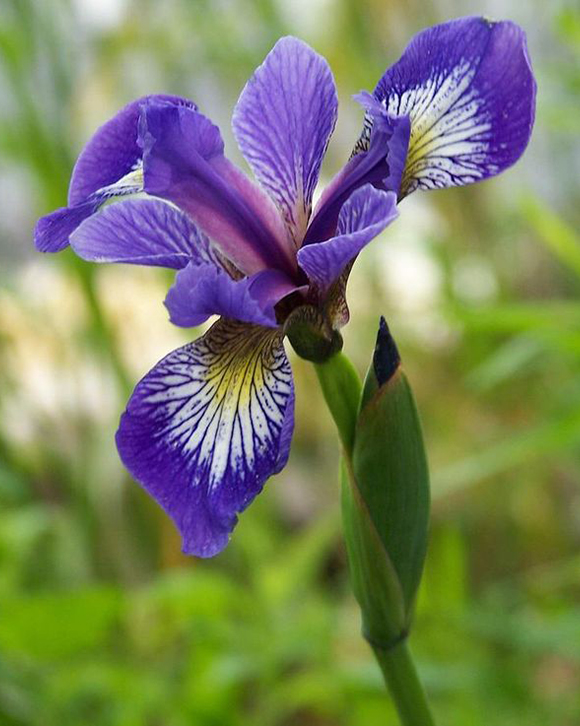 |
Blue Flag Iris |
Iris Vericolor |
When taken orally, fresh roots from the Blue Flag Iris are rather acrid, and have an emetic effect. Dried roots are more palatable and have a diuretic and laxative effect. They also act as a bile stimulant in liver dysfunction as well as treatment for syphilis. It can be used externally for many eruptive skin conditions. |
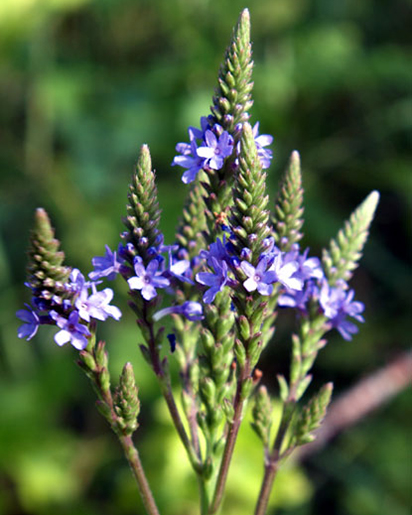 |
Blue Verbena |
Verbena Hastata |
Internally used to treat fevers, headaches, depression antitumor activity and cramps. Externally used to treat ulcers, cuts and acne |
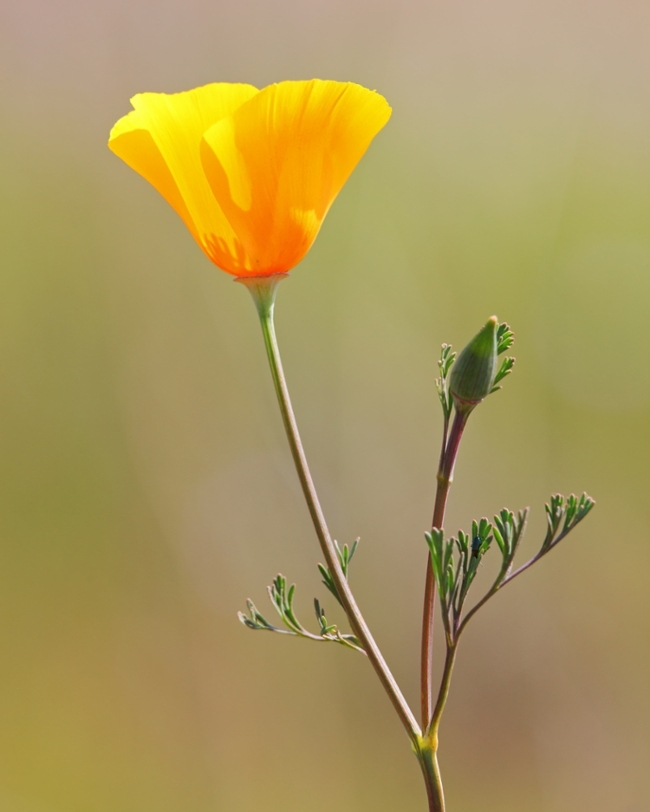 |
California Poppy |
Eschsholzia californica |
Used to treat insomnia, aches and agitation. Also to treat bed wetting in children |
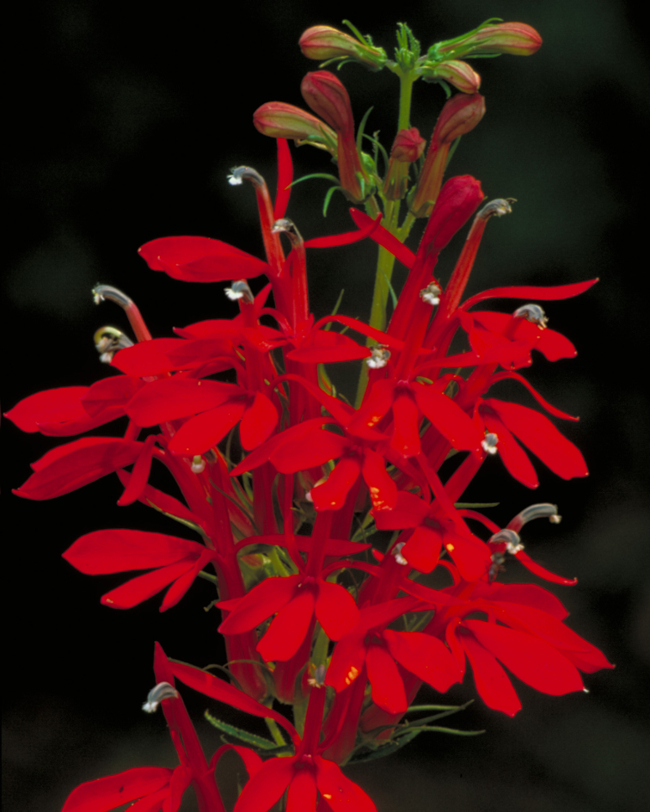 |
Cardinal Plant |
Lobelia cardinalis |
North American Indians used the root to make tea to treat fever sores and cramps. Also used as an emetic and a love charm |
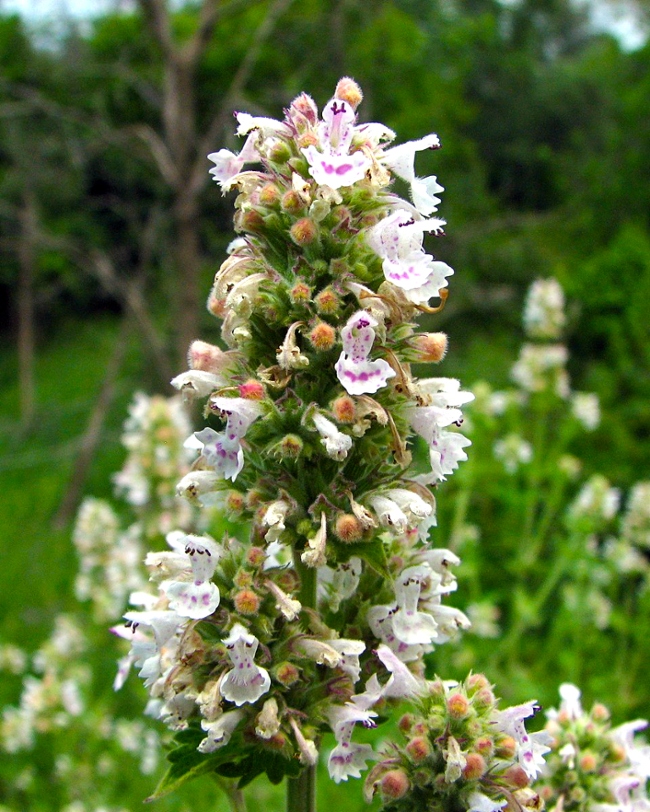 |
Catnip |
Nepeta cataria |
Sedative. Also used to treat digestive disorders, fevers, colds and flu. |
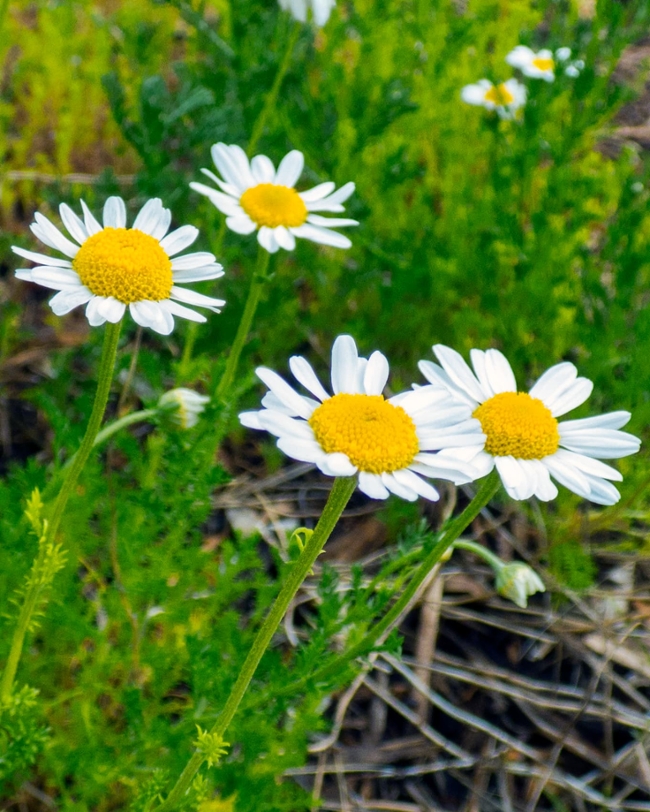 |
Chamomile (Roman) |
Chamaemelum nobile |
Used as a calming agent to treat stress and aid in sleep |
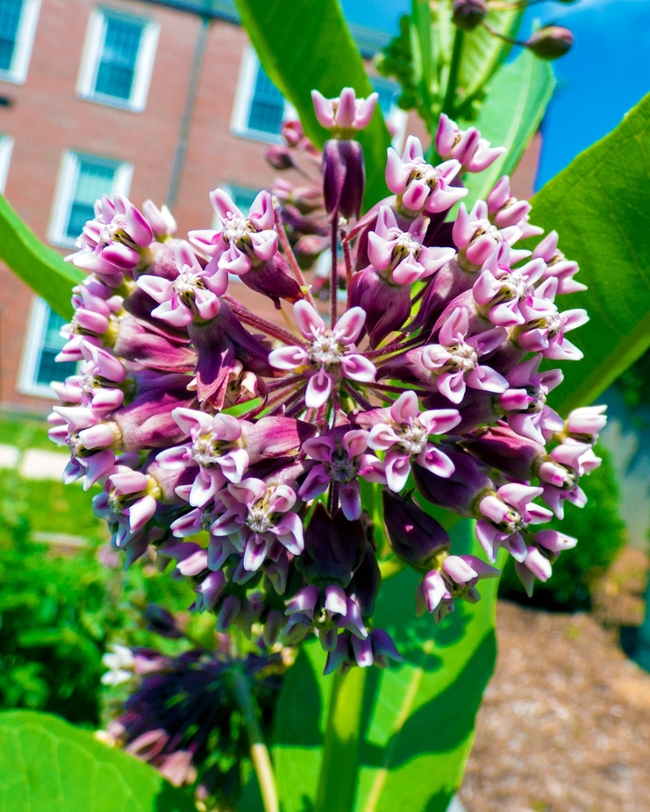 |
Common Milkweed |
Asclepias syriaca |
Used in Native American medicine to treat a variety of disorders including backaches, warts, ringworm, stomach and chest discomfort, and as a laxative |
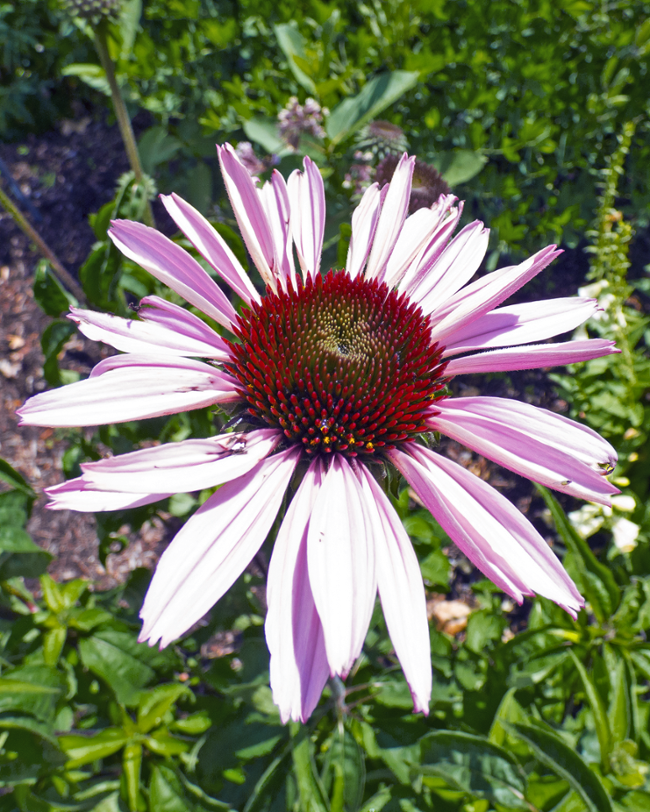 |
Coneflower- Purple and Yellow |
Echinacea purpurea and paradoxa |
Purple coneflower has immune-stimulant and anti-inflammatory properties. The Plains Indians used it to treat colds and coughs |
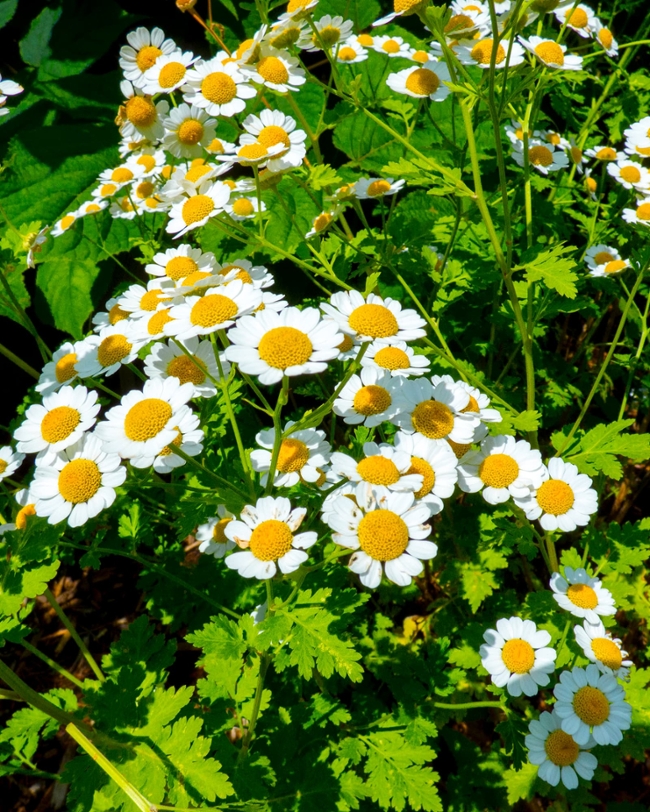 |
Feverfew |
Tanacetum parthenium |
Used in 1st century by Greek herbalist physician, Dioscorides, as an anti-inflammatory agent. Later used for fevers, headaches, arthritis and digestive problems |
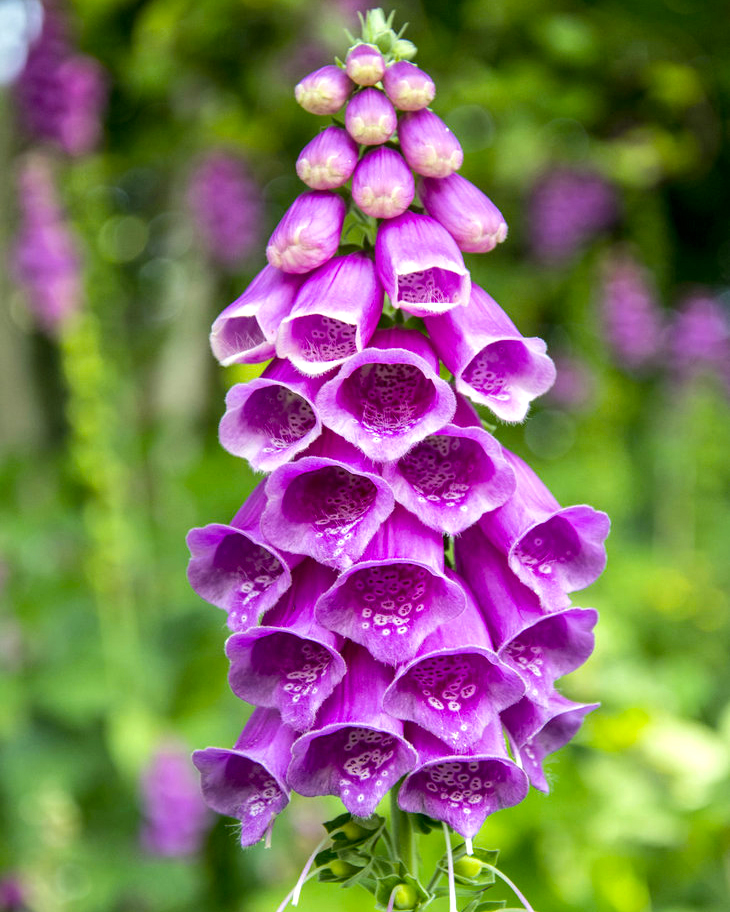 |
Foxglove- Purple and Yellow |
Digitalis purpurea and grandiflora |
Derived from its leaves, a potent cardiac glycoside and digitoxin. Yellow foxglove has diuretic and cardiac stimulating properties. It is less commonly used than other species of foxglove but believed to be less toxic |
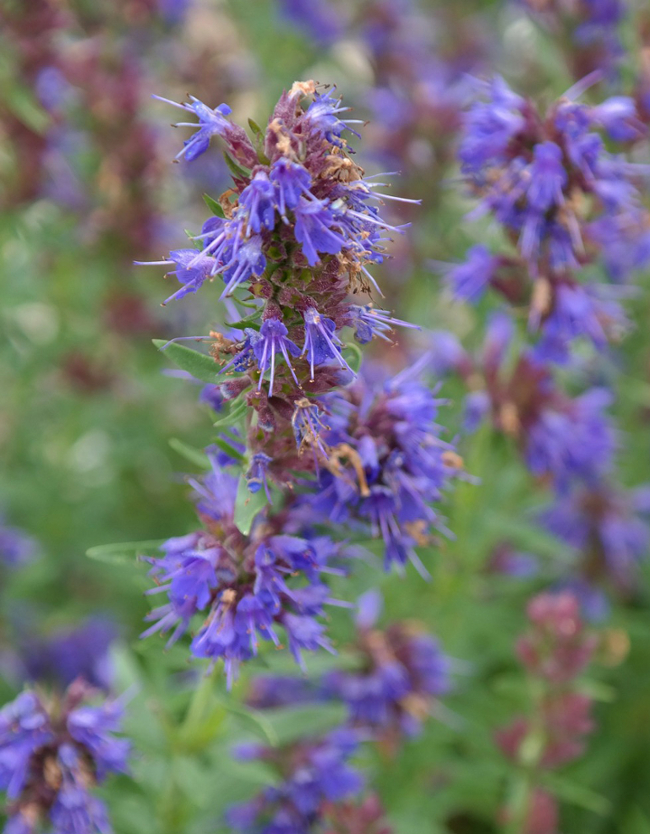 |
Hyssop |
Hyssopus officinalis |
Orally, hyssop is used as a tea for intestinal inflammation, coughs, bronchitis and respiratory infections, sore throat, asthma, urinary tract infection, flatulence and colic, and sedative effects. Topically, hyssop is used in baths to induce sweating; and as a poultice for treating skin irritations, burns, and bruises. |
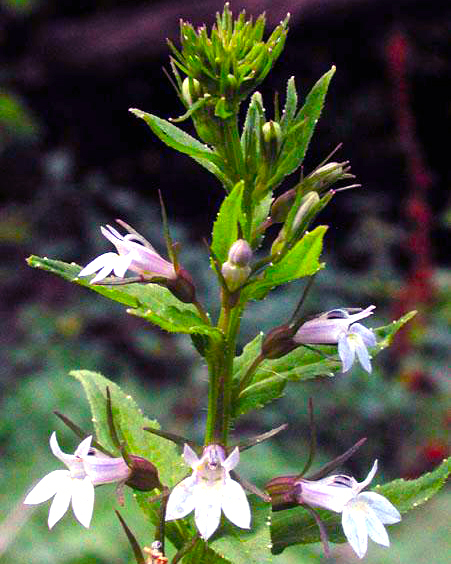 |
Indian Tobacco |
Lobelia inflata |
Root of plant used to treat leg ulcers, abscesses and as bronchodilator for asthma and whooping cough. Reduces withdrawal symptoms from nicotine |
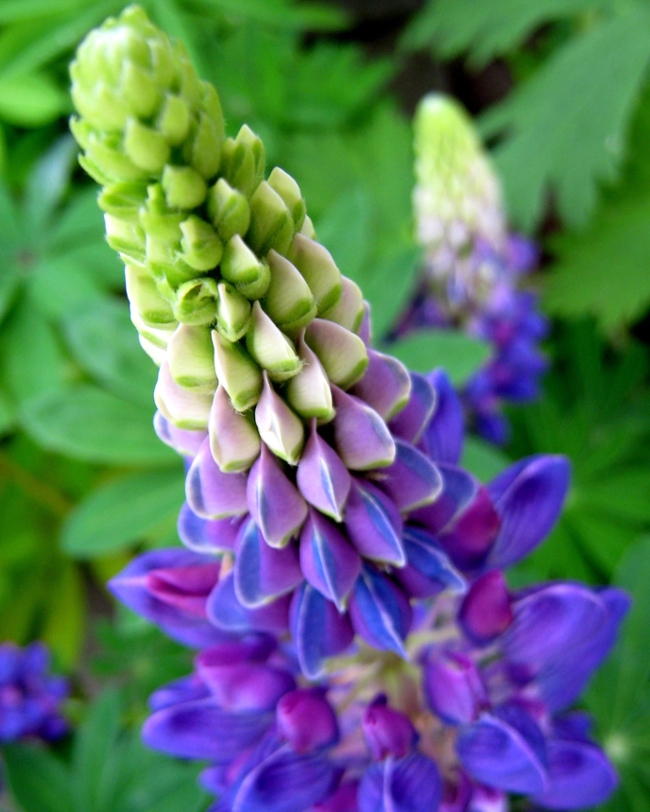 |
Lupine |
Lupinus perennis L. |
A cold tea made from the leaves used to treat nausea and internal hemorrhages |
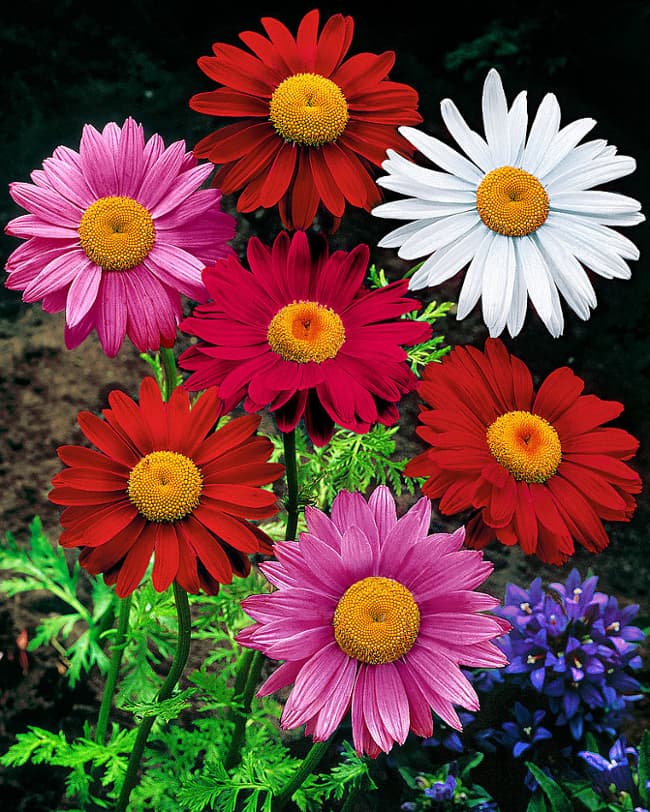 |
Painted Daisy |
Chrysanthemum or Tanacetum coccineum |
Plant is an important natural source of insecticide |
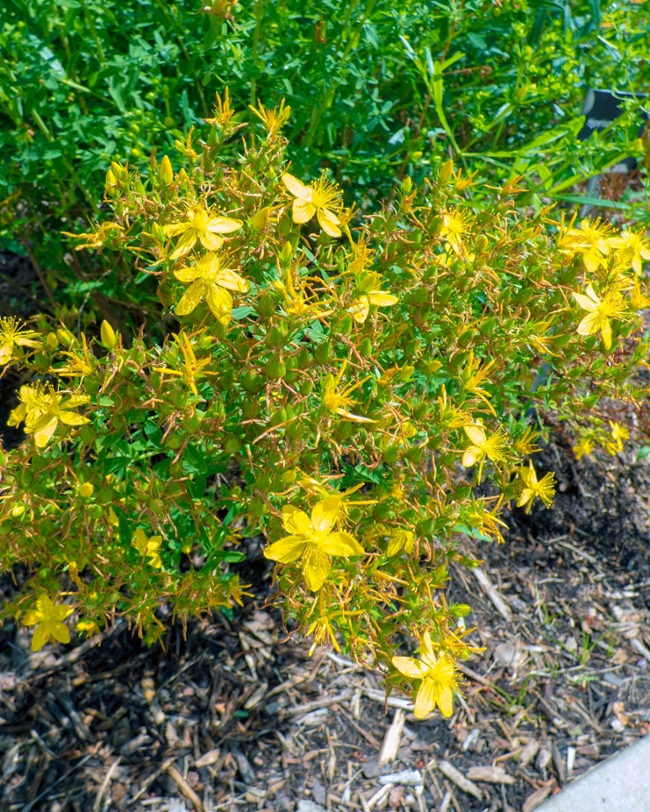 |
St. John's Wort |
Hypericum perforatum |
Used for centuries to treat respiratory problems, dysentery, worms, jaundice, and gastrointestinal problems. Today used to treat mild-moderate depression |
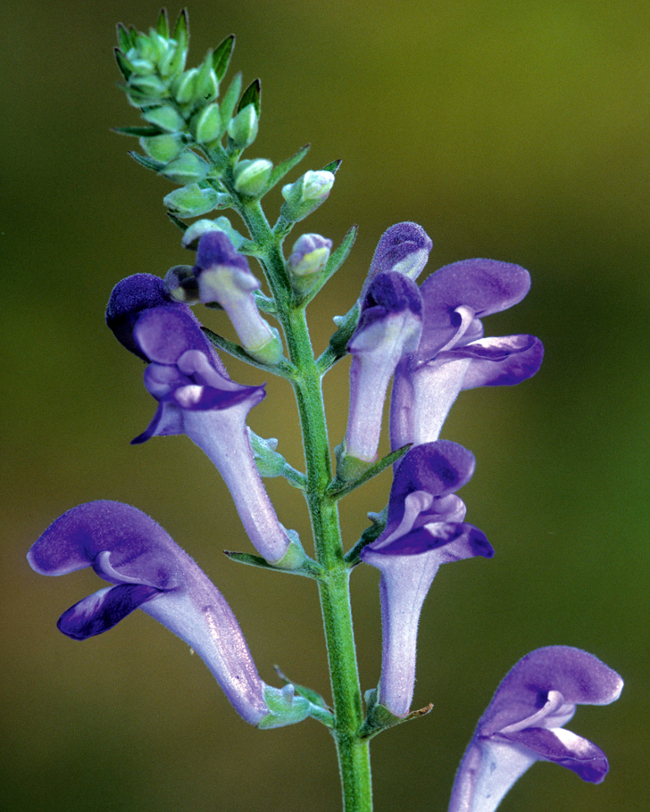 |
Skull Cap |
Scutellaria lateriflora |
Scutellaria lateriflora |
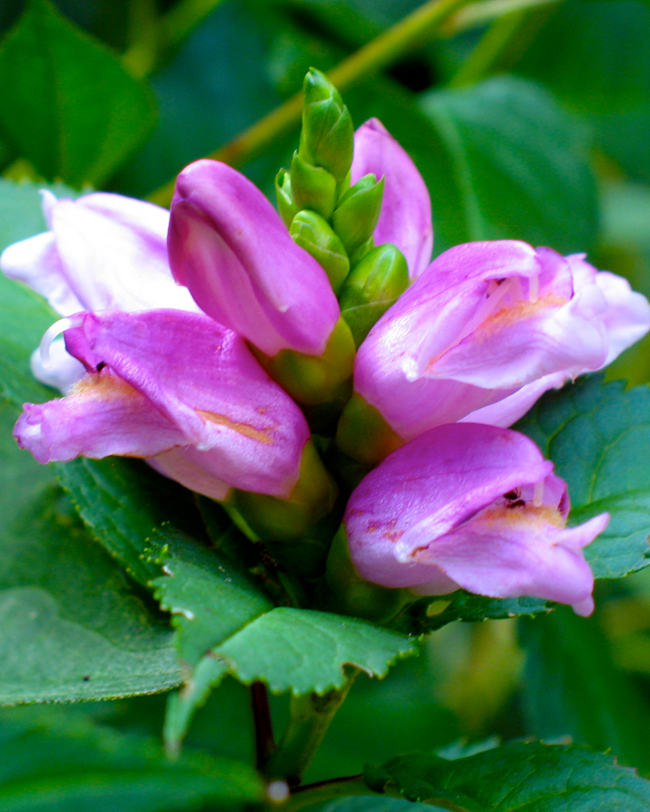 |
Turtlehead |
Chelone glabra |
The turtlehead plant is typically made into a tonic or leaf tea, and is used for its cathartic effects, acting as a gentle laxative along with having the ability to expel worms. It has also been used to stimulate appetite and increase stomach and liver activity. The leaves and stems be crushed and made into an ointment or poultice to be used externally on sores and fever blisters. |
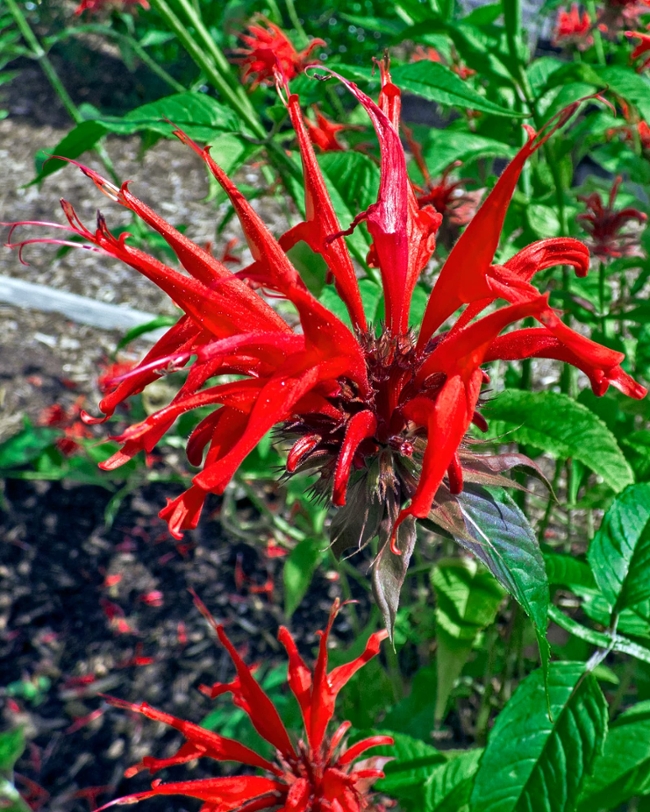 |
Wild Bergamot |
Monarda fistulosa |
Made into a tea to treat the common cold. It also is a natural antiseptic used to treat mouth and throat infections. A stimulant. |
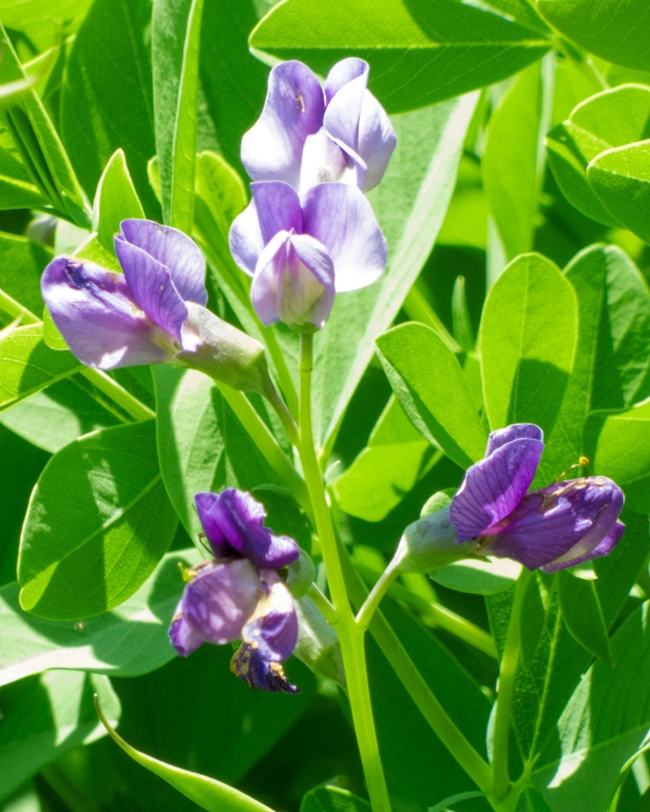 |
Wild Blue Indigo |
Baptisia australis |
Used to treat vertigo. As an eyewash and a tea to use as a purgative. The powdered root used to relieve toothaches |























